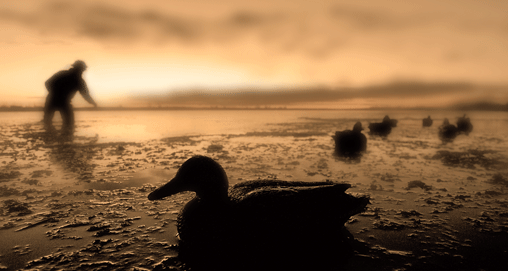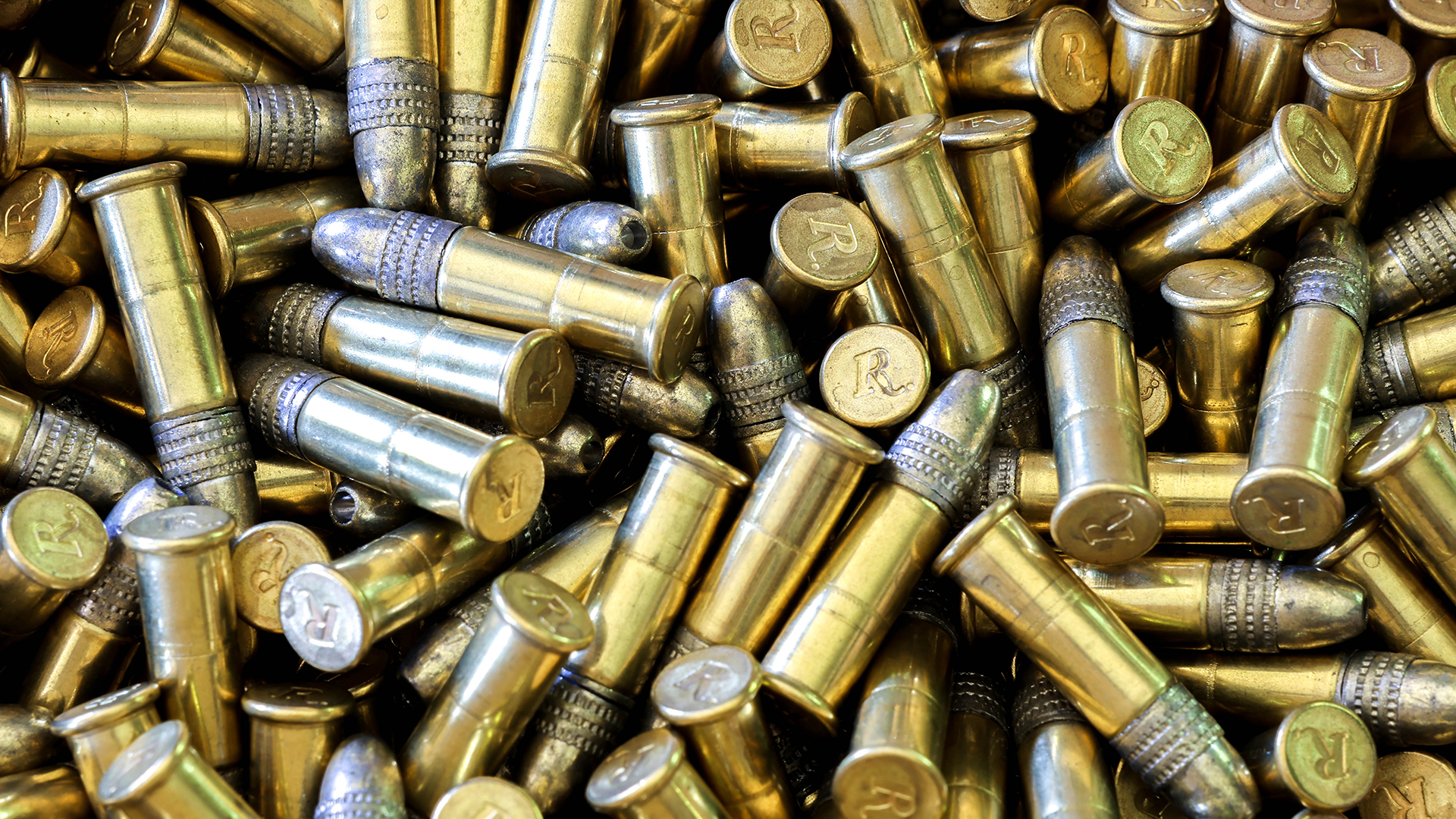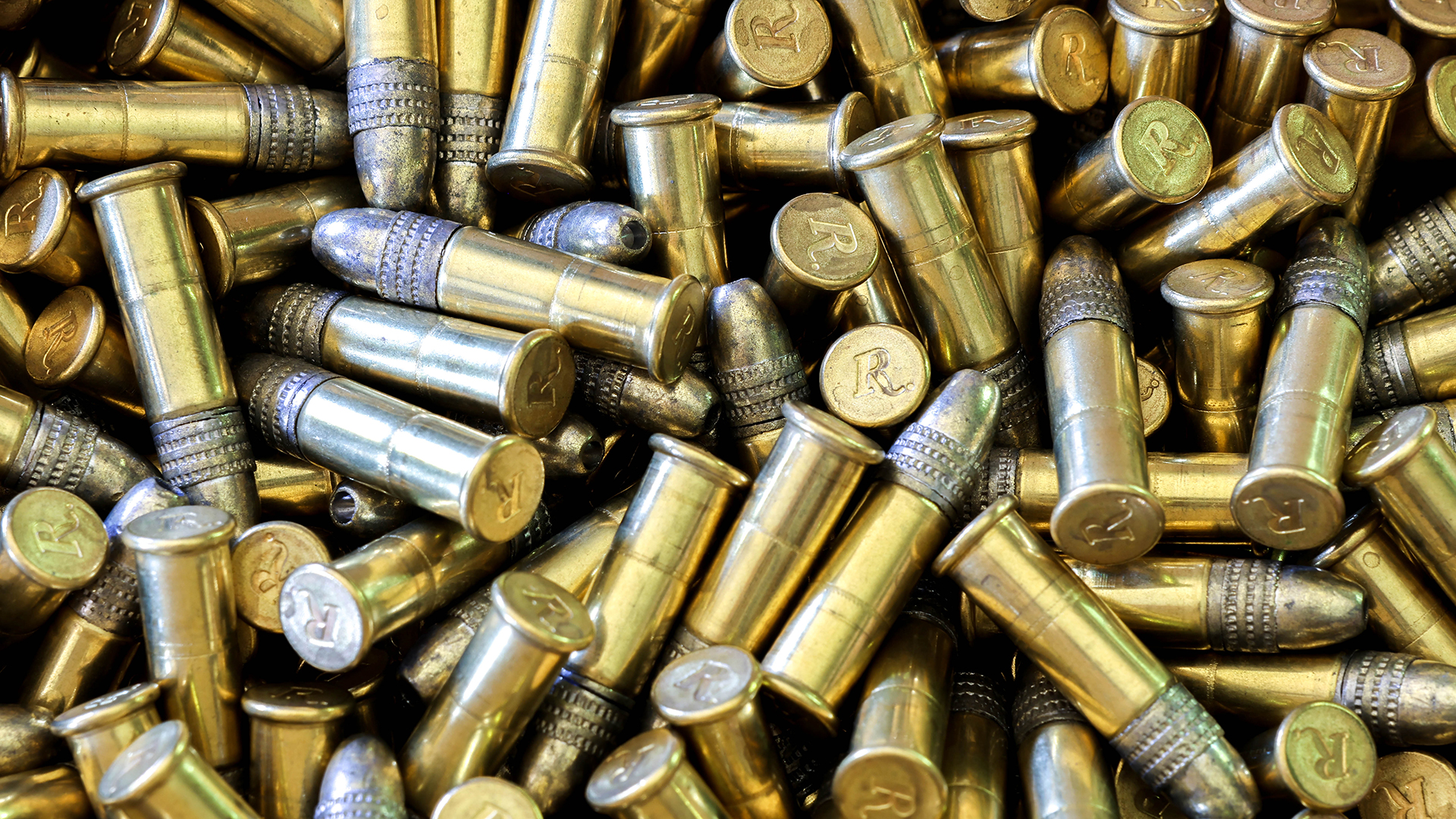
1. Set Up Where the Birds Want to Be
If you’re not where the birds want to be, you’re fighting an uphill battle, and likely a losing one. Simply put, you can have the biggest spread of the most realistic decoys ever assembled, but if you’re 300 yards off the “X,” as waterfowlers like to call the exact spot where ducks or geese want to be, you’re likely out of the game. The “X” is almost always the same pothole or field the waterfowl poured into the previous day. That’s why scouting is critical to decoying success. Want to improve your decoys’ drawing power exponentially? Hop in your truck and start looking. And don’t leave your binocular at home.
2. Buy Quality Decoys
(Avoid the Cookie-Cutter Look)
Having just reviewed the 2009 lineup of new decoys, I can honestly say there’s no excuse not to be hunting over a great-looking spread. Still, I suppose you could screw it up by being a penny-pincher and shopping at garage sales … or by trying to buy the most decoys with your allotted cash vs. a few of the better ones … or by not looking at what’s available before shelling out the cash.
3. Maintain Your Drawing Power
If you’re not in the market for new decoys, take care of your old ones. Mud and sun will rob them of contrast, which in turn hampers visibility. Before you start hunting in earnest, wash your decoys in soap and warm water, then touch up the whites and blacks of heads, necks, breasts or tails. Replace heads on full-body goose decoys if they’re faded or consider flocking them. Anything that makes blacks blacker and whites whiter is going to help you attract more fowl.
4. Match the Conditions and
Avoid the “Stale” Look
Most waterfowlers are paranoid of one day discovering that if only they’d had six dozen more decoys in their spread, they could have limited out instead of being a few birds shy. How embarrassing, which is why the average hunter sets out as many decoys as humanly possible and many goose hunters buy progressively bigger trailers.
Trouble is, this practice leads to all sorts of problems, not the least of which is having your spread “go stale.” If you hunt the same blind or general area week after week and you’re not blessed with a steady influx of fresh birds, your drawing power will decline precipitously should your spread always look the same. If familiarity breeds contempt, it also breeds fear, especially when birds get shot at every time they fly near the same flock of ducks or geese. Waterfowl seeking a safe place to feed or loaf are looking for familiar signs, and those signs change throughout the season.
5. Less Can Be More
Downsizing a spread is critical when decoying conditions are at their worst, i.e., in calm weather. While you’d think sheer numbers would entice wary ducks and geese into gun range, in this instance it actually works the opposite way. When there’s no wind, there’s no movement to your decoys. And the more of them you have, the more obvious it is to oncoming flocks. Nothing screams danger like a big spread of inert decoys, so use as few as you can to attract birds.
Or get creative. Champion goose caller Kelley Powers recalled one Canadian trip in which there was absolutely no breeze for five days running. For the first two he was pretty much skunked. Then he decided to pull all the feeder-style decoys and pack 20 to 30 uprights into a tight group, imitating a flock that had just landed and was checking out the surroundings. Over the next three days he and his buddies easily limited out.
If you hunt in cold weather, don’t forget those sleepers and resters. Ducks and geese spend much of their time on their bellies to conserve energy. Calm or windy, this is one time motion isn’t necessary.
6. Motion Kills
One day I hunted a field on a plateau and watched hundreds of honkers drop into a draw over a half-mile away. Even at that distance, the ground seemed like it was crawling. When I glanced at my spread it looked dead by comparison. No wonder every goose in sight bee-lined to that spot. How in the world could I compete?
In those conditions, I couldn’t. But, more often than not, you can fool your share if you add life to your spread, and that means movement.
7. Be a Flight Controller
The easier you can make it for birds to commit and land on their first approach, the more effective your spread will be. Sounds simple, but to prevent birds from circling overhead and scrutinizing it for signs of danger or landing outside the decoys, you’ll need to follow a few basic rules:
Since birds typically land into the wind, make sure you have a spacious landing zone with a clear approach from directly downwind. Don’t force them to fly over clusters of decoys to get there.
If birds are landing on the outside, your landing zone may not be large enough. Hard-hunted ducks could be avoiding the shoreline and be decoy-shy. If you’re on a narrow body of water, try setting your decoys off the other bank so that when they land “outside” the decoys, they’re within easy gun range. Or try placing your decoys 30 yards upwind and set a single or pair in front of you. Ducks will often key on those loner decoys.
If birds are favoring one side of the spread, either move blinds so more hunters can get shots or shift the decoys to funnel them where you want.
8. Orient Your Spread
When possible, use the sun to your advantage. If waterfowl approach you with the sun shining in their eyes, they’ll have a harder time seeing you. If, however, the sun is in your eyes, it’ll not only blind you but your hands and face will be lit up and easier for the ducks to see.
Ideally your blind will also face the direction in which most birds are coming. Even if the blind isn’t facing directly downwind (where you’d expect the ducks to land), this allows you to watch them the whole way so you’ll know when to call and when to let up or cease altogether. You don’t always have to set up with the wind at your back. Sometimes setting up for crossing shots will give you a tremendous leg up.
9. Keep Up with the Joneses
In hard-hunted areas it’s good to know what the competition’s doing. For the same reason you shouldn’t hunt the same spread day after day, you also don’t want a spread that looks like everyone else’s. It doesn’t hurt to scout other hunters from time to time. Then you can adjust the size of your spread, the decoy style … whatever options your decoy stash might offer that’s different from theirs.
Where you set up can likewise make a huge difference. If most guys are hunting along fencerows because there’s little cover in the fields, figure out how to hide where they can’t. Timing can also play a big role. In public areas most hunters slug it out from first light until 9 a.m., then call it a day. Set up later in the morning and you might have the whole area to yourself when ducks and geese are returning from feeding in fields or migrating through your area.
10. Don’t Be Lazy (or Rely on Luck)
Whenever birds show they’re not interested in your rig, it’s time to change. If the first three flocks pass within easy sight and don’t waver in your direction, it’s time to move; you’re not in the right spot, even if you watched them bomb in there the day before. If they cup up but veer off just outside gun range, something’s wrong. Sitting back and hoping the next bunch won’t react the same way is just wishful thinking.
When they’re not showing you the love, hop out of your blind and check your setup. Maybe a decoy’s tipped over or a blind’s not hidden well enough. Maybe the wind shifted and now you need to reorient the blinds or spread. Perhaps you were sloppy setting out your late-season duck rig and dunked them in water. Now they’re coated in shiny ice. Whatever the reason birds aren’t pouring in, it’s up to you to figure out why and to do something about it before the flight ends. Ultimately, having an effective decoy spread means paying attention to all sorts of details … at least these 10.




































